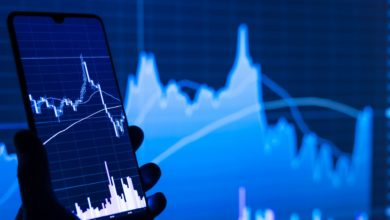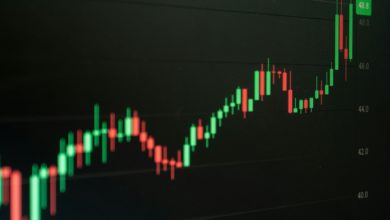Investors Rush to ‘Buy the Dip’ Amid Tariff Turmoil

After a turbulent few weeks fueled by new U.S. tariff announcements, Wall Street has been anything but quiet and steady. But for retail investors? The dip has looked more like a discount. Despite deep market sell-offs and renewed recession fears, retail traders have leaned into risk, funneling billions into U.S. equities even as headlines blared warnings. As volatility spikes, it appears the average investor is sticking to a now-familiar playbook: when stocks slide, buy harder.
A Volatile Sell-Off — and a Swift Rebound
Markets were rattled earlier this month by a fresh round of tariff threats from the Trump administration, pushing levies on Chinese goods to levels not seen in a century. The fallout was swift: across April 3 and 4, the S&P 500 (GSPC) suffered one of its worst two-day performances in history.
But just days later, investors saw the fastest single-day rally since 2008. On April 9, the S&P surged, triggering renewed optimism and setting the stage for another classic bout of FOMO-driven dip buying. According to VandaTrack, April 3 alone saw $3 billion in net inflows from retail investors — the highest single-day tally in the firm’s data going back to 2014.
Dip Buyers Return with Force
Retail enthusiasm wasn’t isolated. Bank of America reported $8 billion in net equity purchases from clients during the week of the tariff fallout — the fourth-largest weekly inflow since 2008. Meanwhile, Deutsche Bank clocked nearly $50 billion in global equity inflows last week, including $31 billion into U.S. stocks alone — the highest total seen in 2025.
This aggressive positioning contradicts broader concerns among institutional managers. According to the latest Bank of America fund manager survey, professional investors are becoming increasingly cautious, with a record share planning to reduce their U.S. equity exposure and recession fears reaching their highest levels in over a year.
Still, everyday traders remain undeterred. “Even before Trump’s tariff U-turn, retail investors remained well short of capitulating,” VandaTrack analysts wrote. “At the slightest whiff of good news, people come roaring back in because that FOMO never goes away.”
Retail Risk Appetite Remains Strong
Strategists suggest the behavior may stem from habits formed during the pandemic bull run, when ultra-low rates and stimulus checks fueled a massive retail trading boom. Despite recent economic uncertainty, that appetite for risk hasn’t faded.
“The data shows risk appetite is still alive,” said Deutsche Bank chief strategist Bankim Chadha, noting that while the inflows may not reflect strategic dip buying, they point to ongoing confidence — or at least a lack of fear.
While the full economic fallout of the tariffs remains to be seen, inflation and labor market data haven’t yet shown signs of collapse. For now, retail investors seem to be banking on resilience, hoping volatility gives way to another leg higher.
Looking Ahead
The recent surge in retail buying suggests that the dip-buying mentality is alive and well — but whether it’s rewarded will depend on what comes next in the tariff journey and broader economic data. While retail investors appear to be embracing volatility as opportunity, professional money managers are pulling back, signaling growing anxiety about a potential slowdown.
Tariff policies remain unclear, and any escalation could add renewed pressure on supply chains and prices. If inflation data begins to spike — or if labor markets start to crack — investor sentiment could shift dramatically. On the flip side, signs of resilience in earnings, cooling inflation, or a de-escalation in trade rhetoric could validate retail investors’ optimism and drive another leg higher in equities.
In the weeks ahead, market watchers will be closely monitoring economic indicators, Fed commentary, and tariff developments to assess whether the recent rally is the start of a rebound — or just another bump in a volatile ride.




